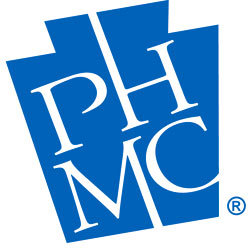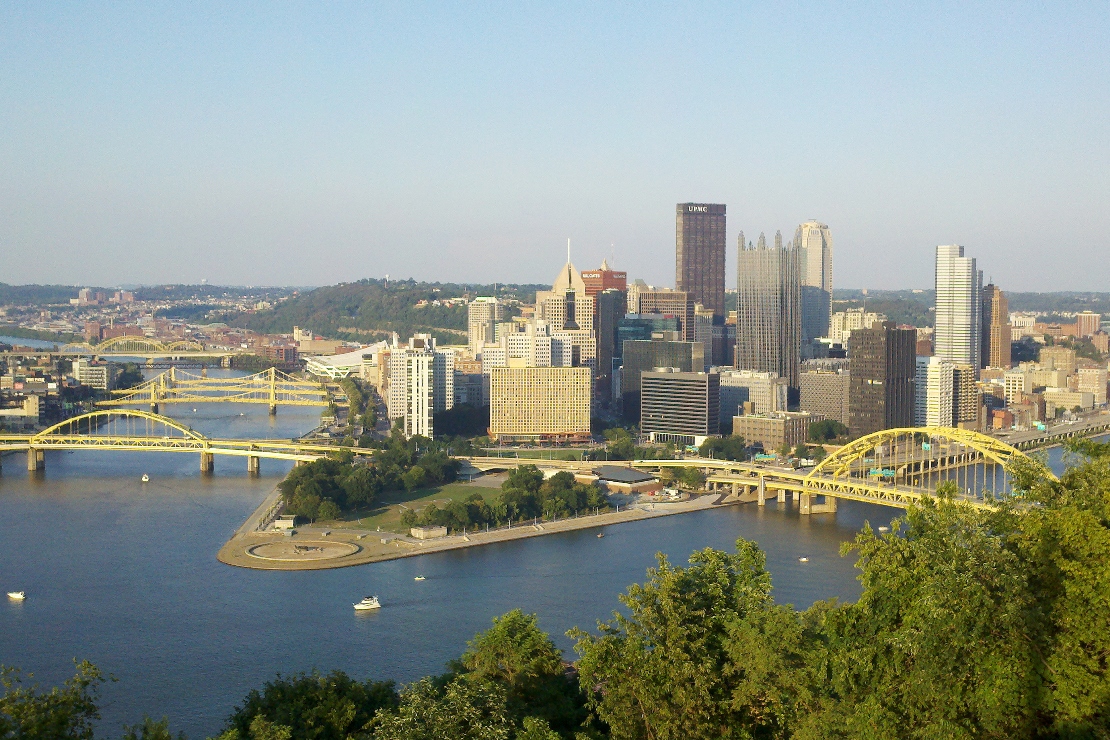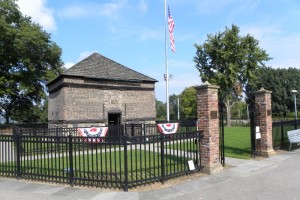At the beginning of May, I promised we’d provide a recap of the #31for31 social media campaign to celebrate Preservation Month across Pennsylvania. If you missed a post on our Facebook page or in our Twitter feed, no worries! You can see it, and the rest of the month’s content, right here. Don’t miss the big announcement covered in the May 31st post! Continue reading
Category: Pittsburgh History and Landmarks Foundation
Preservationists across America are celebrating today as National Historic Preservation Month kicks off. Continue reading
A Place In Time is a regular feature in Pennsylvania Heritage Magazine, published quarterly by the Pennsylvania Historical and Museum Commission, and available for purchase at ShopPaHeritage.com. A subscription to the magazine is a benefit of membership in the Pennsylvania Heritage Foundation, the nonprofit partner of the PHMC.
Throughout much of its industrial history, Pittsburgh had an image problem. In 1868 James Parton wrote in The Atlantic Monthly that it was “Hell with the lid taken off.” Later, it became known as “The Smoky City.” Pollution was a big issue, but there were other problems, such as traffic congestion, flooding and blight that made Pittsburgh a less-than-desirable place to live. It was so bad that in 1944 The Wall Street Journal characterized Pittsburgh among cities “that had bleak futures.” One could argue that nowhere were these issues more visible than at the Point, the area of downtown where the Allegheny River and the Monongahela River join to form the Ohio River. Prior to World War II, the Point was a smoky, gritty, blighted area that was home to two railyards, several exposition halls, offices, clubs and hotels. It was also home to the Fort Pitt Blockhouse, a 1764 building owned by the Daughters of the American Revolution and the sole remaining aboveground structure from the Colonial-era Fort Pitt. Continue reading
Anne E. Nelson
Historic preservation in Pittsburgh has had a productive past few months. Activity in downtown Pittsburgh is blossoming due to the rehabilitation and adaptive reuse of several historic buildings by developers using historic preservation tax incentives. The boundaries of a locally designated historic district were recommended for expansion by the City of Pittsburgh’s (City) Historic Review and Planning Commissions to the City Council. The City issued a Request For Proposal (RFP) to undertake an economic study of the financial and social impacts of preservation. In addition, the Pennsylvania Historical & Museum Commission (PHMC) is recommending to the National Park Service for listing on the National Register of Historic Places a new historic district, as well as boundary expansions and updated inventories for four existing National Register districts in downtown Pittsburgh.





Recent Comments